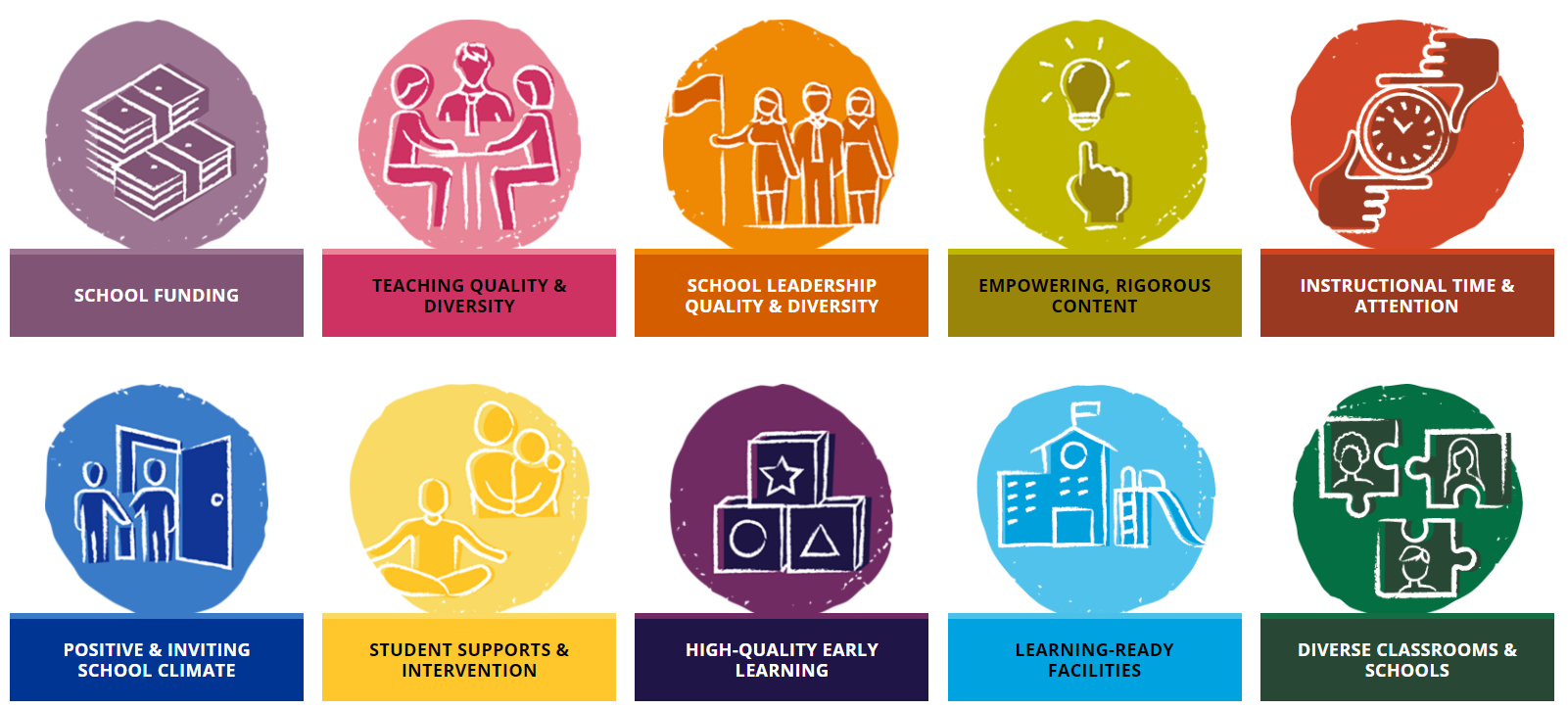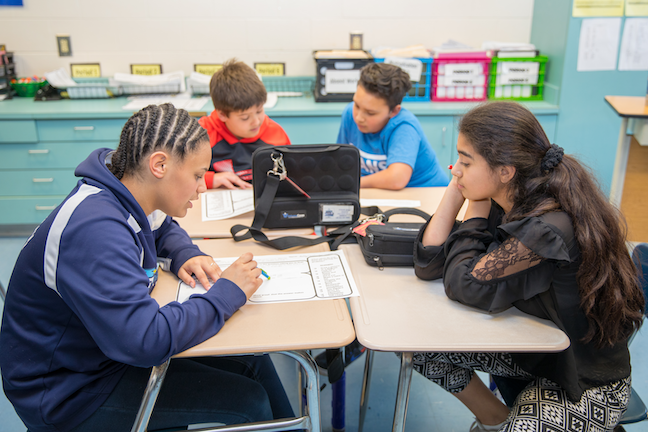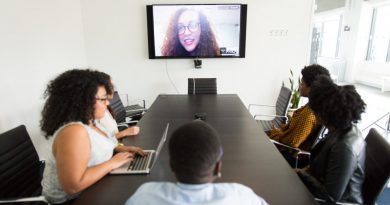How educators can build equity in an online learning era
The equity problems that plague K-12 education under normal conditions have only been worsened by the shift to online learning during coronavirus school closures, experts say.
Superintendents and other K-12 have to start planning now to build resource equity because some students will have suffered significant learning loss when the 2020-21 school year starts—whether that’s in-person or online, says Jonathan Travers, who leads the consulting practice area at Education Resource Strategies (ERS).
“If there ever was a case where equality is not equity, this virus is it,” Travers says. “The summer learning loss that has been documented over and over will be significantly amplified. Some families are going to be able to mitigate that during the months of closure, but others less so.”
ERS and The Education Trust teamed up earlier this year to create the Alliance for Resource Equity to bring advocates and educators together to promote data, research and other strategies that make K-12 education more equitable.
That work has taken on more urgency with the coronavirus outbreak having closed schools across the country, says Ary Amerikaner, The Education Trust’s vice president for P-12 policy, practice and research.
Along with learning loss, educators in the 2020-21 school year will also have to provide support for students whose families have fallen ill or experienced food insecurity and job loss—all while contending with funding decreases from state budget sapped by economic upheaval, Amerikaner says.
“Another concern will be trying to make sure, in the face of potentially huge cuts in revenue, that we don’t systematically make the problem worse for the kids who are most vulnerable,” Amerikaner says. “Too often when cuts occur—whether they’re cuts in access, in the timing of the school day, in teachers—they fall more heavily on schools serving the highest concentration of high needs students.”
Ensuring greater school equity
Superintendents and their teams should start planning now for how they will provide extending learning time and tutoring—particularly in core subjects—to help students catch up, Amerikaner and Travers say.

District leaders working to create equity in online learning during coronavirus school closures can look to the 10 dimensions laid out in this diagnostic tool from the Alliance for Resource Equity.
Educators will have to do even more sophisticated grouping and regrouping of students because some children will have substantial ground to make up while others who are ready to advance will need enrichment, Travers says.
Some districts may lengthen school days or add days to the calendar. Some of that learning time could be made up online as long as resources can be distributed equitably to students who need them most, Travers suggests.
Equity tools
The Alliance for Resource Equity has released several tools to guide K-12 educators in their equity work:
- The Education Combination: 10 dimensions in creating more equitable opportunities for students.
- Resource Equity Diagnostic: How to identify strengths and gaps
- Sample meeting agenda: Helping district leaders collaborate with community advocates to improve resource equity.
- An animation describing education resource equity
“Right now, we’re in the midst of a massive experiment in online earning technology, and we’ll have to harvest lessons from this experiment and apply them back into a school-0centered setting,” Travers says.
Educators should also reach out to parents and families to gauge the extent the outbreak is having on individual students, Amerikaner says. In some districts, such family surveys have spurred district leaders to partner with community agencies and service providers to expand broadband to underserved neighborhoods and also hand out computers and other devices, Amerikaner says.
“Now, more than ever, we know what our parents and educators know intrinsically—that no two children are exactly the same,” Amerikaner says. ” Our mission as an alliance is to help system leaders allocate resources in a way that recognizes that different groups of students come to school with different needs.”
Recovering from the school closures will require that district leaders and their teams of educators scrutinize how they are using their resources. In some states, legislators may be willing to make changes they wouldn’t have supported before the outbreak, Travers adds.
“The double whammy of the moment will be less revenue and much greater needs,” Traver says. “We will have to use the spring and summer to look deeply at some of the cost structures that aren’t set up for success or aligned with equity principles.”
Source: https://districtadministration.com/equity-online-learning-coronavirus-ed-tech-schools-closed/




